We have been working pretty consistently on the brick cleaning job for four weeks now, chipping, scraping and scutching away at our pile of sandstock bricks. We want to get the job done as soon as possible, but we don’t want to ruin our health in the process. We have had 3 brick layers say that they were interested, but then pull out when they realised that the job was a bit demanding of their skills.
The old School building where we live was built in 1893, when Queen Victoria was on the throne. Janine came across the the contract to build our school in the government’s Department of Education archives. One of the interesting things that she found was that the contract called for the brickwork to be laid in ‘Flemish Bond’. Flemish bond is a style or pattern of brick laying that was used for public buildings at the time and is quite distinctive. It produces a wall that is double brick thickness and incorporates a lot of ‘header’ bricks to tie the two parallel courses of ‘stretchers’ together.
A header brick is laid at right angles to the normal two rows of parallel ‘stretcher’ bricks, across the the two to link them, and because you only see the skinny end of the brick, or the ‘head’ of the brick, it is called a ‘header’. Whereas the bricks laid so that you can see the long edge exposed is called a stretcher for obvious reasons. There are also ‘queen closers’ used at the end of each course and a repeating, but alternating pattern of bricks of stretchers and headers in the order of two stretches to one header. A queen closer is laid as the ‘pen-ult’ or in this instance, the ‘brick-ult’ piece , second from the end of the course, such that you only see one quarter of a brick. This off-sets the pattern by a quarter for each course.
Got that?
There’ll be a test later!
It’s a little bit complicated, but once you get your head around it, it’s dead easy. To complicate things a little bit more. When we wanted to add a house onto the derelict single room Old School classroom that we bought. We were forced to do the addition in single skin brick veneer construction, because the local council wouldn’t allow double brick construction. This was due to the fact that the village was affected by the near-by coal mine, and therefore mine subsidence. Double brick was deemed to be too heavy and fragile for a mining subsidence area. It would probably crack.
‘Mining subsidence’ is when the coal mine goes under ground and takes out 4 to 6 metres of coal from under everything. All the land on top slowly drops down by that amount to fill in the gap underneath, this is called subsidence. It causes buildings to crack as the ground shifts, stretches, cracks, drops and deforms in an unpredictable way. Double brick buildings are the most vulnerable.
The mining industry has convinced the government that mining is so good for the economy, that to protect the coal mining industry, the owners of buildings like ours should have to insure the mining company against being sued if their mining effort causes our building to crack due to subsidence. They do this by insisting that no building that is likely to crack is allowed to be built, so no double brick buildings, no two story buildings etc. If you do want to add on an extension to a building like ours, then it can only be in single brick veneer. They also insist that we had to get a massive engineered concrete slab and/or footings done at our own expense to protect them. We had to pay to insure the coal mine again loss. while they creamed off all the profits to the overseas owners, ruined the environment, drained the local lake of all its water through subsidence cracking and added untold carbon into the atmosphere!
The outcome of all this was that we added on to the Old School building in brick veneer construction, so we had to ‘fake’ the look of Flemish bond pattern brickwork using half bricks instead of headers and quarter bricks instead of queen closers. It worked and we did it that way. No un-informed person knows the difference at a quick glance. To do this extension of our house, we needed a lot of similar sandstock bricks.
We acquired these bricks back in the 70’s when we bought the old Mittagong Railway station. We saw that the 2nd railway building. The southern one, it was being demolished by a big excavator. This had been the dormitory for the change of shift for the steam train crews. As there are no more steam trains. This two story building was now superfluous to requirements. I don’t think that it could happen today, as there would probably be a heritage order on it.
We saw it being demolished and approached the Station Master to ask what was going to happen to all the bricks. He told us that they were all going to the tip! The site had to be cleared by Wednesday for the track crew to come in and start to widen and raise the platform to be ready for the introduction of the new XPT trains.
I said that we would finish the demolition and remove all the bricks and other building rubbish for them for no cost. He told me that there was no time, and any way, there would have to be a contract and money would have to change hands to make it all legal, and as it was already Friday and the paper work/contract couldn’t be organised in that time frame, there was no chance.
I countered that I would pay him a deposit now in cash and that the contract could follow. He countered that he couldn’t touch money. He was a Station Master, not an accountant. It would all have to go through head office in Goulburn, and that would take time.
I responded that If I drew a bank cheque from the commonwealth Bank in favour of ‘State Rail’, and put it in the mail here in Mittagong, the Manager of State Rail business in Goulburn could open the mail on Monday morning at 9.00 am. and have the equivalent of cash in hand, there and then, so we could start work and the contract could follow.
If I defaulted, then nothing lost, the bricks could still go to the tip on Wednesday. I could see him wavering. I was winning him over. He replied that we hadn’t agreed on a figure for this fine heritage quality, 2 story, brick building yet.
I said OK, let’s haggle. I offered $10… he was shocked. It put him back a bit. He explained to me that a fine 2 story sand stock building like this, made with heritage, hand-made bricks was worth a lot more than that, and what did I take him for? He said try again.
OK I said, then I will offer $100!
He said done!
He put out his hand to shake on the deal. It was as good as ours. All we had to do was finish demolishing the building, roughly clean the 8,000 bricks, then find 20 pallets, stack them on those pallets, then put together a team of workers and find a brick truck to move them to our place in 2 days!
We rushed to the bank and then posted the cheque with just minutes to spare, as the bank closed at 3pm on Fridays in those days. Then the real work began. I had to ring around and call in on friends, to get half a dozen blokes to help me. I got two friends who were very handy on the tools and available, then a young local ‘out-of-worker’ guy and his mate that I didn’t know, and that was it. The best I could do at short notice!
Janine was a bit conflicted, as Geordie has just been born and she was a nursing mother. Luckily we had some older friends. One of them was the local plumber, Joe. He had employed me when we first arrived here in the village. He sometimes needed a labourer, digging trenches, ladder work and under floor work, all the things that he was starting to find difficult at his age of possible 60+? I’m guessing, he was recently retired at 60. But he had come out of retirement to take on his son-in-law, Rob, as an apprentice, to give Rob a trade. The things fathers do!
Joe offered us the services of Rob for the next week to help out. Joe would pay Rob’s wage as usual. The things neighbours do! We knew Rob and his wife well, as they also lived in the village and I had helped Joe to build Rob’s house, digging footings, casting the concrete slab, doing roofing and plumbing etc.
We also had a friend in the owner of the local Saw Mill in Mittagong, Mr Blatch. He was very supportive. He said that I could ‘borrow’ a dozen of his pallets to stack the bricks on each day as we worked. That would make them easier to move back to our house on the brick truck.
The next big challenge was to find someone to move the bricks for us. I asked around and was tipped off about a driver of a brick truck from Bowral Brickworks. As a contractor, he owned his own crane truck and was used to moving pallets of bricks with his ‘HiAb’ crane. I called in at his house on the Sunday. He wasn’t too keen, but as it was a Sunday, his wife was there and over-heard my spiel, talking to him at the front door. She stepped in and told me that her husband would be happy to come each afternoon and collect whatever bricks we had stacked on the pallets that day, then drive them to Balmoral and unload the pallets in our drive way, after work. This was great news. He wasn’t cheap, in-fact, that was the most expensive part of the process. I got the feeling that she not only wore the pants, but also had her hands firmly in the pockets, as she did the accounts.
We were all set, with the bricks removed every afternoon, we didn’t have to worry about someone stealing all the bricks overnight. It does happen! One of my pottery students from years ago, told me that he called them ‘Midnight-spares’. That was how he built his pottery shed! Or so he told me.
Rob, Col, Willie and the others turned up on Monday morning. Mr Blatch sent one of his men up with the first half dozen pallets. We called out to the Station Master in his office and he stuck his head out and gave us the thumbs-up. We started levering the bricks loose from the walls, carrying them over to the side of the road and stacking them on the pallets.
Rob helped us with the demolition on the first day, but after that he stayed at our house each day to unload the pallets and re-stack the bricks along the drive way with Janine. It all went pretty smoothly for 2 days, until the 2 lazy young guys I had hired got into an unprovoked argument with some of the railway track workers. I had to step in and break up the fight. I sacked them. I didn’t need that problem at all and they were the laziest workers. At 20+ years old, they were still kids. At 32 myself, I was only just becoming adult.
So the 3 of us finished the demolition. Wednesday came and went and no railway people showed up to take the remaining bricks to the tip. So we kept on working. By Friday we had all the bricks removed along with all the bearers and joists, even the huge stone footings, we prised them all out. All that was left were the broken bricks and rubble.
I went on the Saturday morning to return the pallets to the saw mill and asked Mr Blatch if I could hire his two 3 tonne tip trucks for the day to collect all the broken bricks as well. I knew that as I would have to build in brick veneer, I would be needing a lot of halves and quarters to make the fake ‘Flemish bond’ pattern, and it would be a waste to cut up full bricks when here were all these broken bricks for the taking.
Mr Blatch agreed, he even sent one of his workers up with the other truck to help throw the broken bricks into the other truck. We worked at it for the next 4 hours and got both trucks full of the rubble by just after closing time at the mill. Mr Blatch and his off-sider, drove the trucks to our house and tipped out the two loads. The off-sider drove home, but Mr Blatch stayed on, he wanted to get a pot for his wife.
We showed him around the show room in the pottery, he chose a big expensive bowl. I said, please take it as a gift for all your support, but he wouldn’t hear of it. He insisted in paying for it. He said that it was really gratifying for him to see a young couple get off their arse and show some initiative. He wanted to support us in our endeavour. So not only couldn’t we pay for the use of the pallets, the use of his worker on Saturday, the use of the two trucks, but was was going to buy the most expensive pot in the showroom. Before he left, he gave Geordie one of the brand new and shiny golden dollar coins. He was a beautiful amazing man!
So this is how we came by 8,000 hand made sandstock bricks and 2,000 halves. All we needed now was a brickie that knew how to lay a veneer version of Flemish bond. It turned out to be much harder than we thought.
When it came to building our home back in 1984, I asked every bricklayer that I came across if they could lay Flemish bond, every one of them said yes, no problem. $500 dollars a thousand! But when I quizzed them on how they would do it, it became obvious that they had no idea what was involved. They were just going to lay old fashioned, Humpty-Dumpty, cartoon-style, stretcher bond. They didn’t even know what I was talking about. Every young guy was the same.
One day, a lady came to the pottery to buy some pots and her husband soon lost interest and wandered off to look at the Old School, I saw him looking with some interest at the brickwork and I asked him what he was looking at. I told him that this was built in 1893 and that it was Flemish bond, a little known old fashioned style of brickwork. He told me that it wasn’t Flemish bond at all, that he was a retired brickie and that this was a little bit different from standard Flemish.
He seemed very well informed, so I asked him what he would charge to build our house in a replica ‘not-quite-Flemish’ veneer bond? He replied straight away that he couldn’t quote on a job like this as it was very fiddly work, and it would have to be priced by the hour as it would be slow work to get a good result. I replied. “That is the correct answer! I want you to do the job, as you clearly understand what is involved.”
The brickie’s name was Denis, he was an Englishman and told me that he was semi retired and only did little jobs these days, BBQ’s, small retaining walls, back door steps, etc. I told him my predicament in not being able to find a skilled brickie who knew Flemish bond. If he was semi-retired, I was prepared to have him come just a few days a week, just a few hours a day if necessary, whatever it took to get him to come and do the job. I would be his labourer, mixing the mortar and passing the bricks etc. he eventually agreed and we started the job.
Denis explained to me that our brick work wasn’t true Flemish bond, there were subtle differences. He would copy the brick bond pattern exactly as we had it, but in single skin veneer. I looked into brick bond patterns and educated myself in the history of brickwork. I went to the State library and read a very old book from England about the influences on British brickwork from Holland. I think that it was called “Des Brykes”. I also found a very old book on brickwork in a 2nd hand bookshop called simply “brickwork’, tragically, I have since lent it to someone and never got it back. These books explained to me the subtle differences and developments in brickwork bonds. i learnt that our bond pattern is called ‘Sussex garden wall bond’. As the original contract to build the Old School specified ‘Flemish bond’, I assume that the local brickie that won the tender for our school, back in 1893, came from Sussex, or was trained by someone who came from from there!
Denis was a really nice old guy, 60-ish (that somehow sounds quite young to me now!) and very careful and highly skilled. He took his time, we worked from 9 to 3 with half an hour off for lunch, just 3 days a week. It took a few months to get up to window sill height all around the house. I had done most of the preparatory brickwork from the below ground level, up to floor level, with the help of my brother-in-law, John. He showed me all the basics and got me started, setting up the levels and squaring the site. I would have been lost without John’s experience, guidance and knowledge.
We had to stop at window height, as I had to make all the windows and make all the sandstone window sills, but first I had to learn a bit about blacksmithing, to make all the tools to cut and shape the stones for the sills. Stone masons tools were very hard to come by in those days before the internet and had to be posted out from England from a specialist supplier, and the cost was astronomical There was no Bunnings in those days! Come to think of it, Bumings still don’t carry stone masons tools! So I made my own. I needed a pitching tool, a broad chisel and a set of gads. I though that this would be the minimum set, as I already had a couple of small cold chisels, a bolster and a heavy hammer. Not a complete or proper set, but it would do. I forged out the tools from some heavy, left over, concrete ‘rio bar, that was from the footings of the house.
Years ago, I worked at the National Arts School with a lovely old guy – another 60 year old, called Alan. He had been a stonemason amongst other things in his life. I met him when he was the Ceramics Dept, Technical officer at the old East Sydney Tech, now the National Art School, when I was a student there in 1971/2. Alan agreed to come and give me a lesson on how to cut stone and I invited a few friends along who were also interested.
As I’m completely untrained and had virtually no idea of how to go about blacksmithing. I got a few books on the subject, some had to be posted out from England, and I taught myself by reading and trial and error – mostly error. I eventually got a set of stone sills carved out. I cut and shaped 17 window sills in a few months, and then made all the windows for the house over the rest of the year. We also had to clean the rest of the sandstock bricks. It took quite a while. Fortunately we had some friends visiting from the Wales. Sally Seymour and her daughter Annie, plus her two children. We all got stuck in and made a good dent on the pile. They were fabulously hard working visitors!
When I rang Dennis the brickie again after a years break, he told me that he was even older now, a year on, and that he wasn’t that keen on doing all the rest of the job on scaffolding at height. He didn’t own any scaffolding and I would have to hire some. That was another expense that I wasn’t prepared for. If the first third of the house took 6 months working on the ground, then I could image that the upper 2/3 would take a year. I decided to look for some 2nd hand scaffolding.
Before the internet, the way to find things that were for sale was through ‘The Trading Post’ paper. It wasn’t a newspaper. It only carried adds for 2nd hand stuff. I found some used scaffolding from a guy who had bought the scaffolding from another guy who had bought it 2nd hand from ….. It was well loved, and a bit bent! I paid a few hundred dollars for it, and this was a fraction of what it would have cost to rent for a year.
Dennis returned to see what I had done, but suggested that he couldn’t do it all himself. He asked if I minded if he brought in a friend, another local brickie, Theo, to help him get the job done. I was delighted, if it meant the job would be completed sooner. Then I could get on with other things. It just so happened that they came back during the Art School vacation, so I could dedicate myself to full time brickie’s labourer. It took a massive amount of energy to labour for two brickies up on scaffolding.
I had to cart the bricks around the site in a wheel barrow and pass them up onto the scaffolding and stack them at their feet, two stacks, one at each end, then mix the mortar in a barrow with a ‘larry’- like tool that I made from a garden hoe. I then had to shovel it up above my head onto mortar boards at their feet. I was exhausted at the end of each day, but the job went very quickly and they were finished by the end of the month. I was so pleased and they did a beautiful job.
I now know what is involved in laying pseudo Flemish bond brick work. Actually, Sussex garden wall bond veneer brickwork. So now I’m looking for a brickie who knows a little about other bonding patterns other than straight stretcher bond. Someone who is inquisitive and creative. Someone who is prepared to do something different. It is turning out to be rather hard. All the young guys just want to lay straight long walls with no gaps, no window or doors, and all at ground level. Fast easy money.
I was given the number of a guy by the concreters who cast our slab. His mate is a brickie and he assured me that he knew all about Flemish bond. I rang him and he told me he was an ‘master’ brick layer. I sent him a photo of our Old School to see the brickwork pattern involved and a copy of the plans for the new pottery.He called be back almost straight away. He asked me if that is an arch in the end wall? I told him, yes it is. He said forget it I don’t do arches! What sort of ‘Master brickie’ can’t lay and arch?
The next chance was with an old Scottish guy who even came out here to look at the job. He was positive and very nice and helpful. He asked me to ring him once I had all the bricks cleaned. I rang him a couple of weeks ago and told him we were approaching the end of the brick cleaning. He didn’t reply. I texted him again a week later. Still no answer. Finally on my 3rd attempt, he replied that he couldn’t be doing our job.
The third brickie was working on a job in the north end of our village. I stopped and asked him if he could do our job, and did he know Flemish bond? He told me that he did and that he couldn’t quote on it. It would have to be piece work @ $1.70 per brick. I agreed, and he told me that he was currently working on a big job and would do ours next, in two months time. Great! But then an email came last week to say he didn’t want to leave it till near the time to let us down, so he was telling me now that he wouldn’t be coming.
The fourth brickie I contacted said he knew Flemish and understood what I meant by pseudo Flemish veneer, made with halves and quarters to mimic the style. I sent him the photos and plans and he said yes! He could do the job in two weeks. He said that it would have to be done on piece work – a good sign that the knew what was involved, and that he would charge $1.70 per piece plus 10%GST, or $1.87 per brick or part there of! A bit pricey, but I agreed, as I’m running out of options.
So now we have to wait and see if he shows up or pulls out like all the rest. Every tradie that I talk to is flat-out busy, sparkies, brickies, plumbers and chippies. We appear to be in a building boom here, so no one wants to do a small or slightly difficult or unusual job, and they want $100+ per hour. That’s approaching the quarter of a million dollars a year! I’m in the wrong trade. Our sparkies are starting work at 4.00 am in the morning and working through until 8.00 pm at night on a big factory job. I can only get them intermittently on occasional days. Wrong trade indeed!
If I can’t get a brickie to turn up. I’ll just do it myself, but the brickwork will have to wait for a few years, until I get the pottery up and running and get the PowerHouse commission finished. The brick veneer face is not essential. It’s just that we have all the bricks on site and need to use them up. They are the perfect match with the other half of the bricks used on the house and a brick face on the west will be very heat resistant in the next fire. The building is clad in corrugated iron already and is sealed and weather proof, so the brick work can wait if needs be. Sussex garden wall bond veneer, is an aesthetic luxury, but one I want to ‘finish’ off the project.
Eventually!


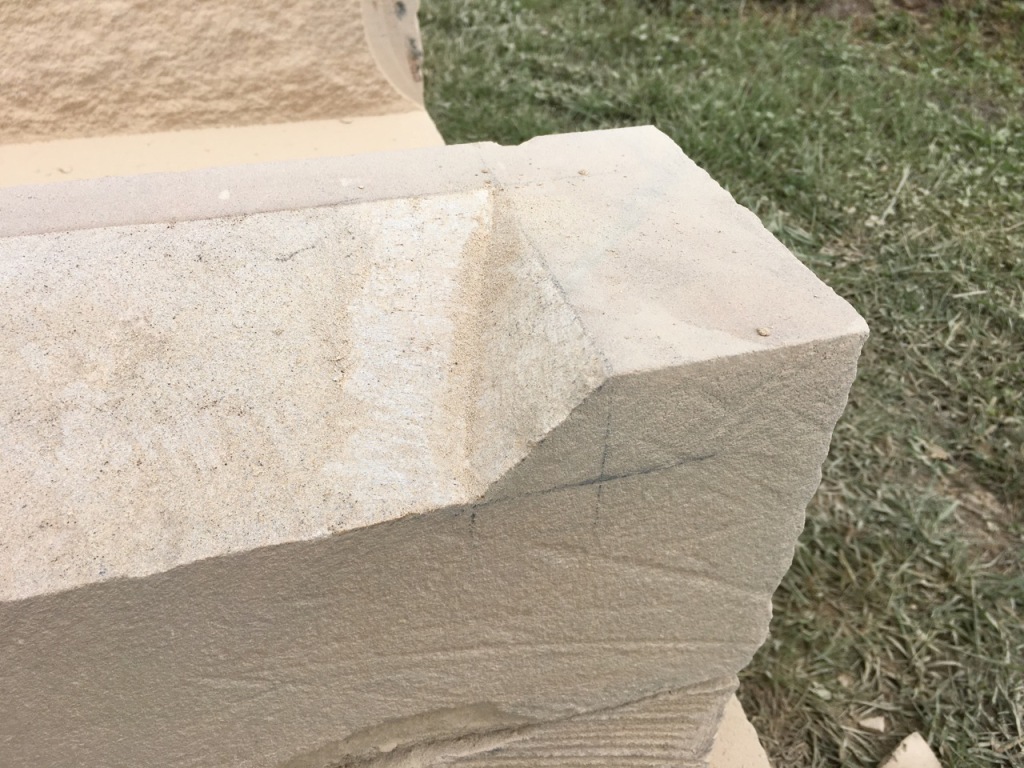


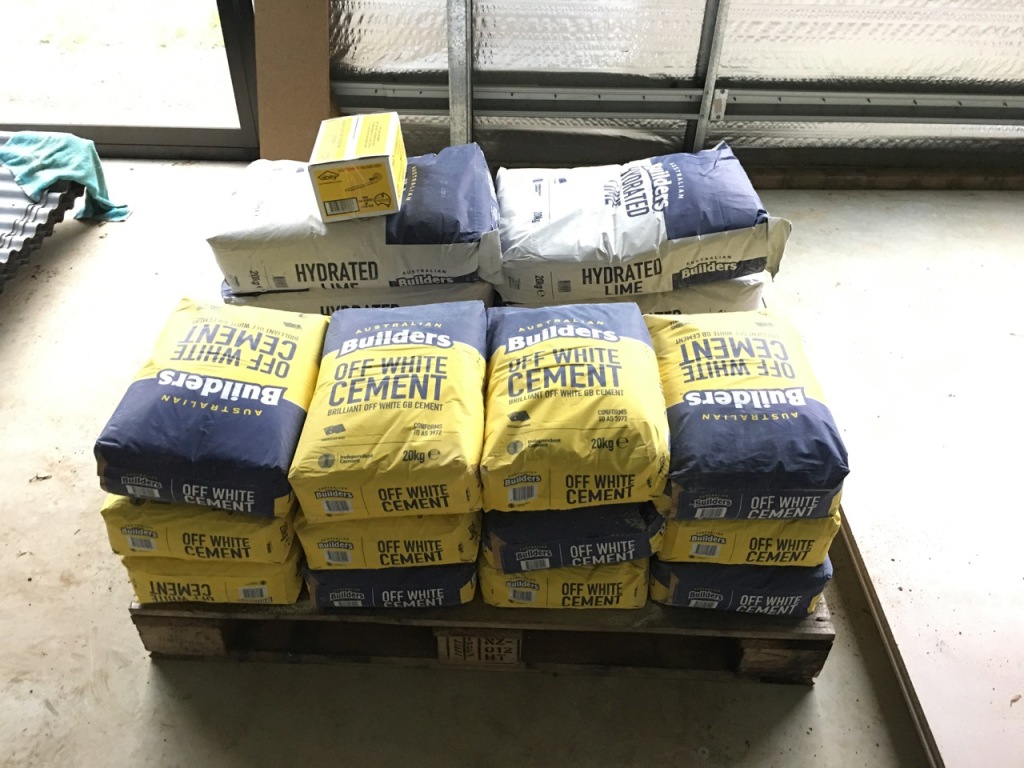

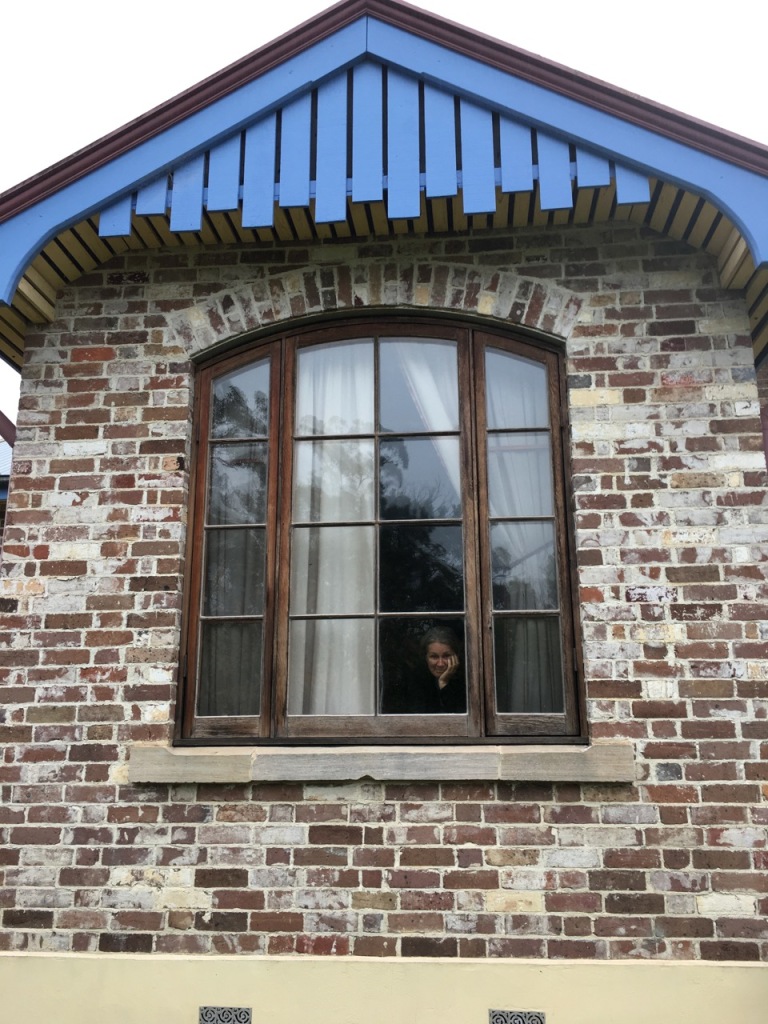
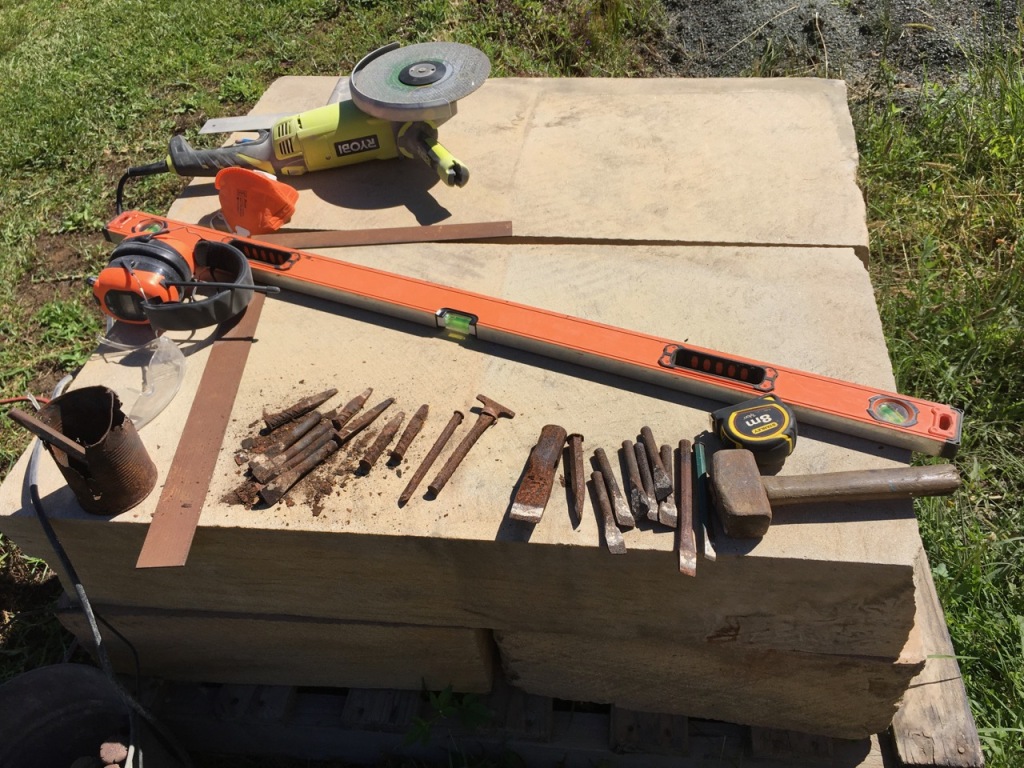
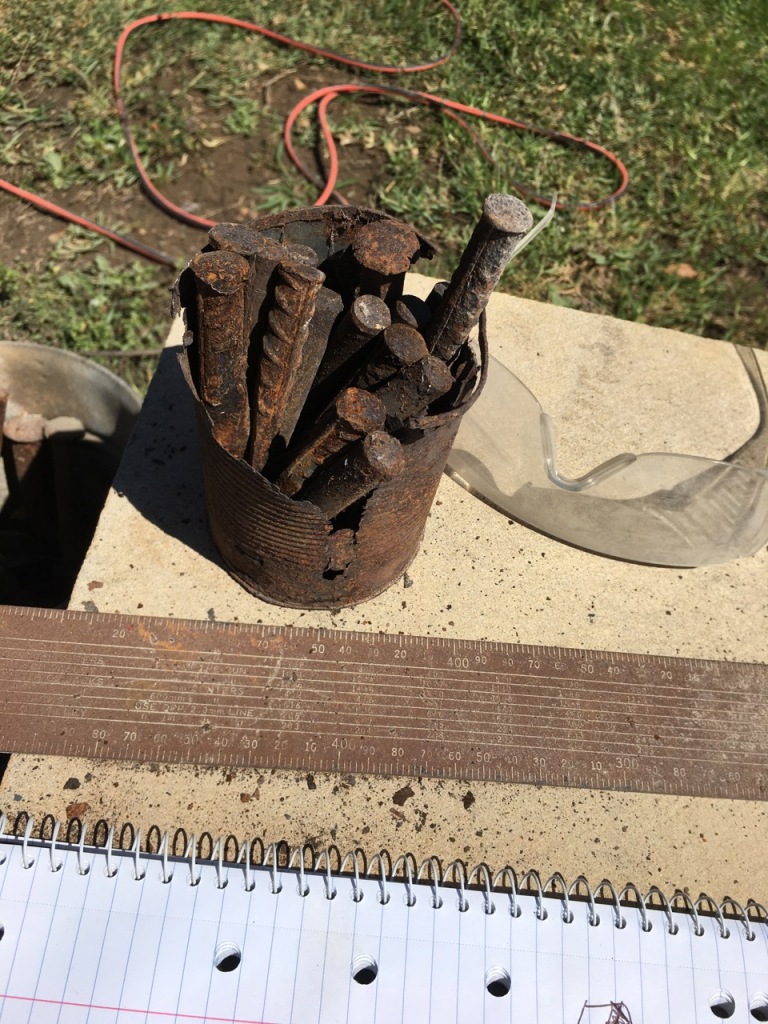






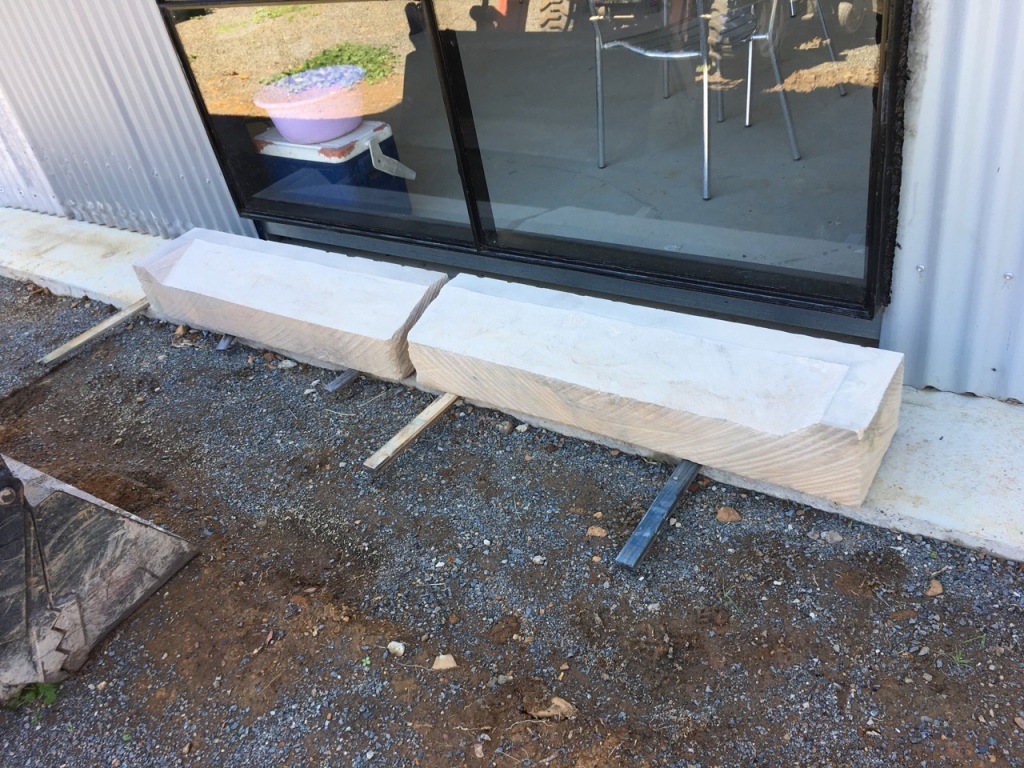
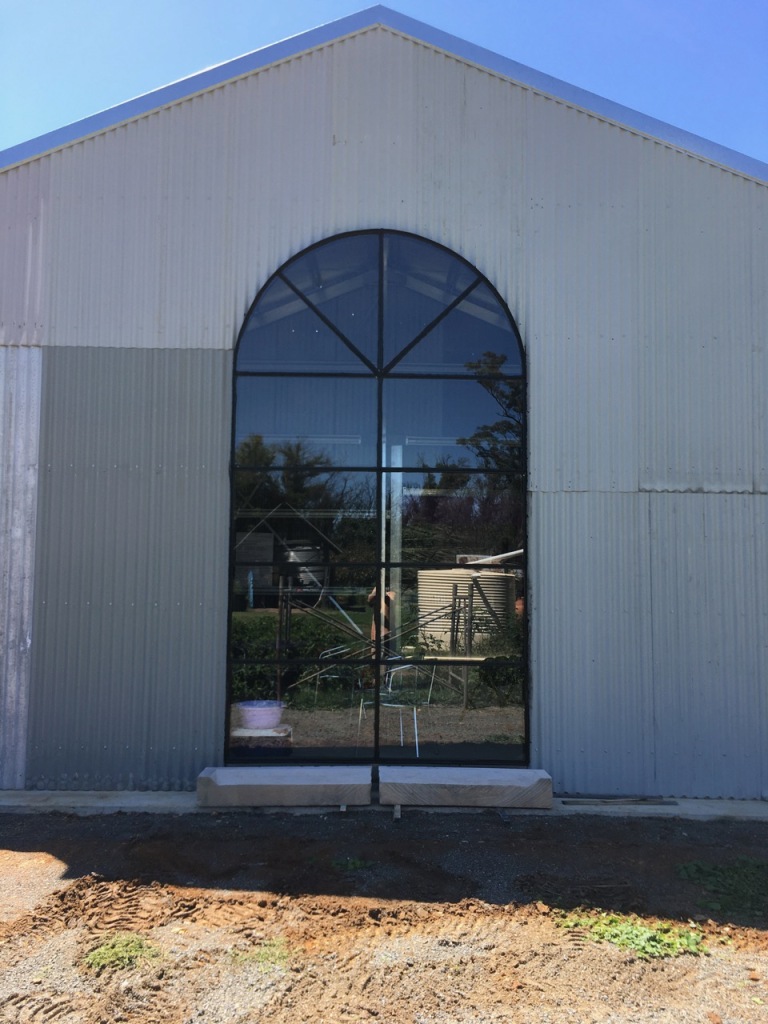

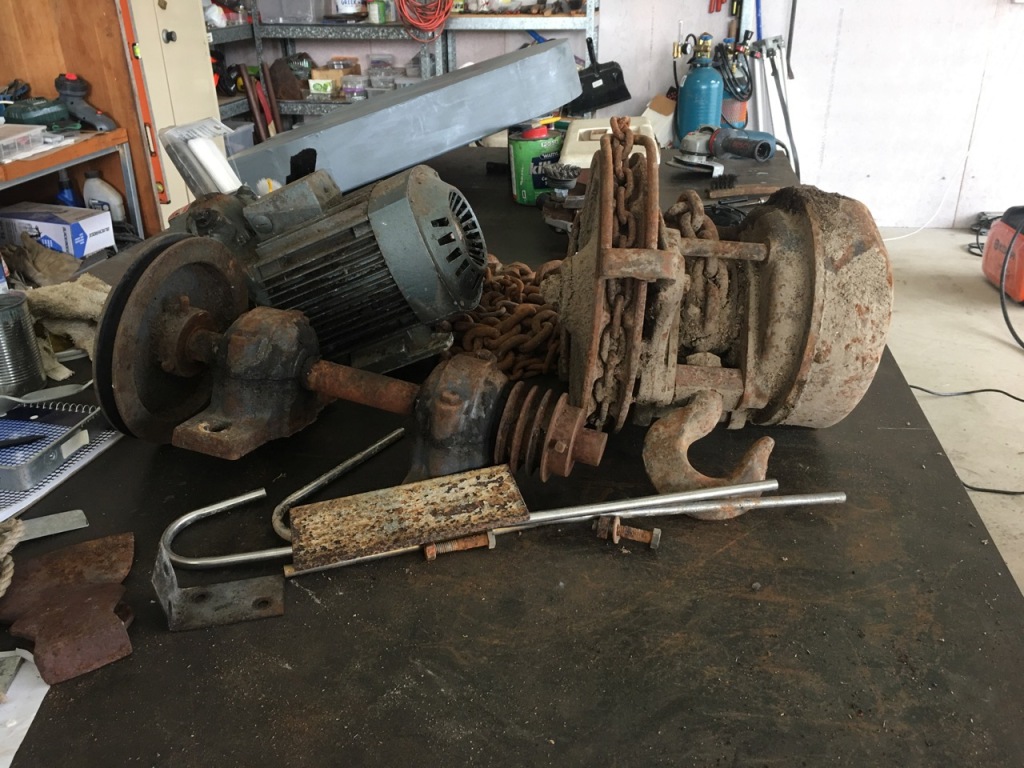








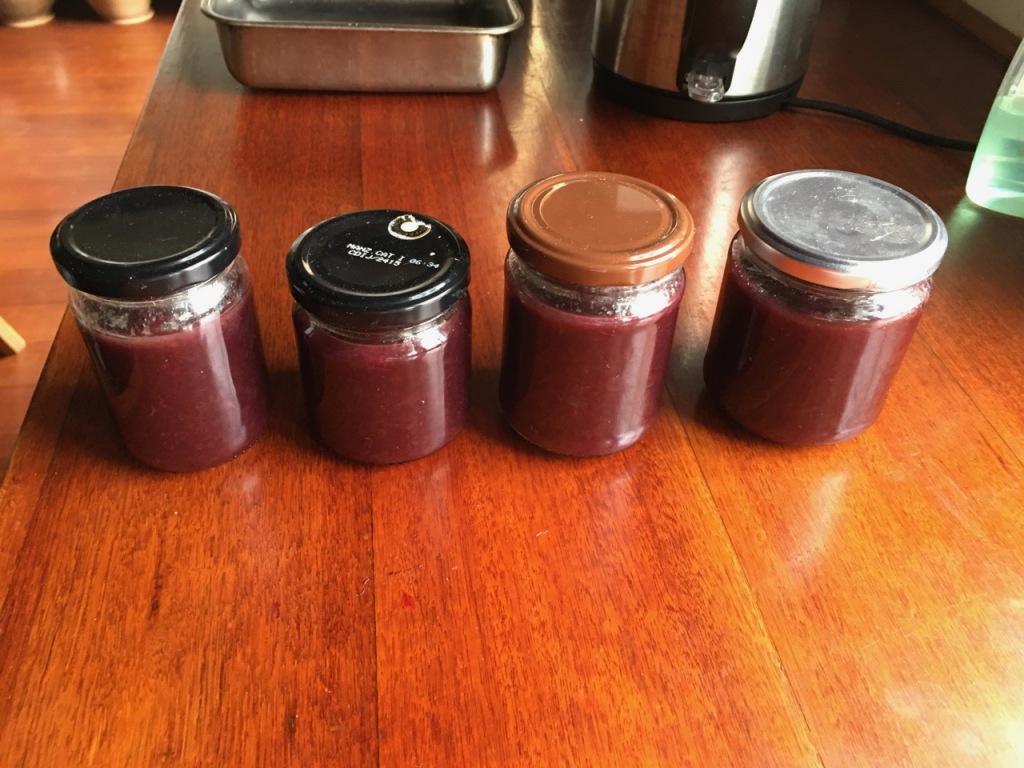

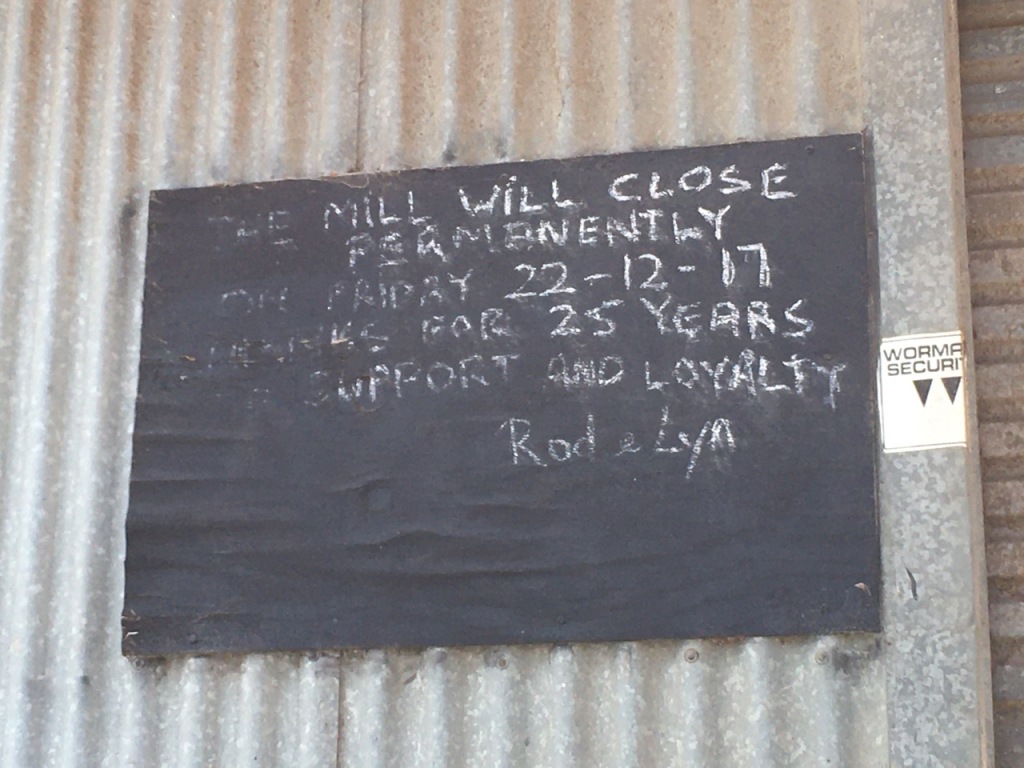



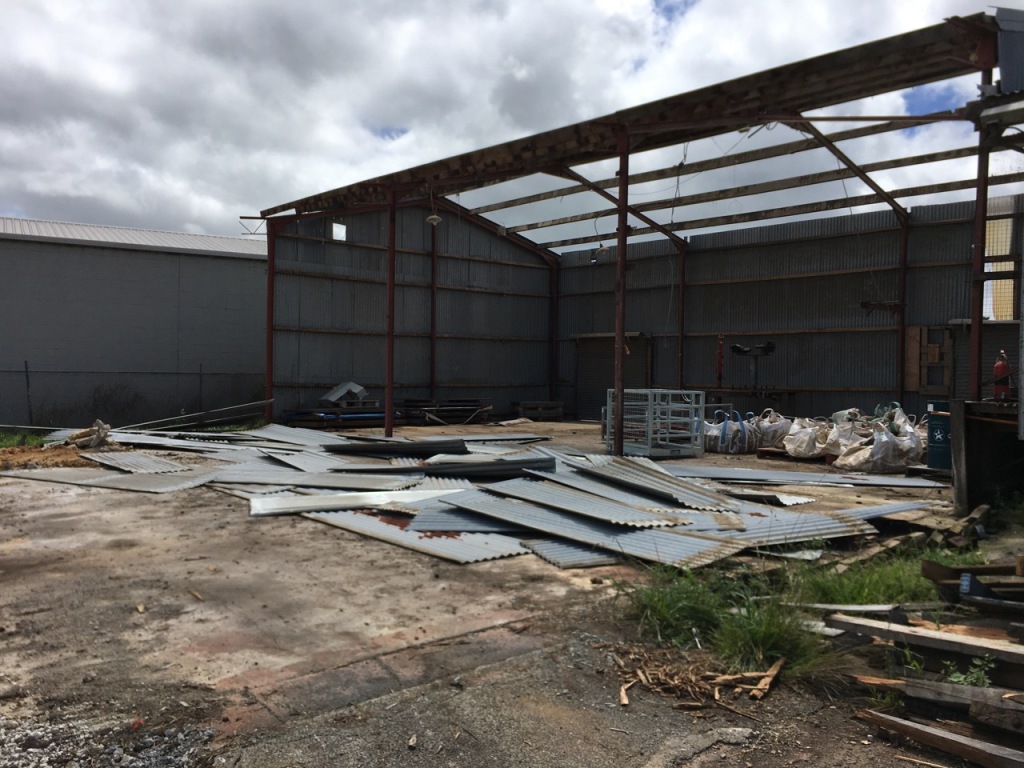
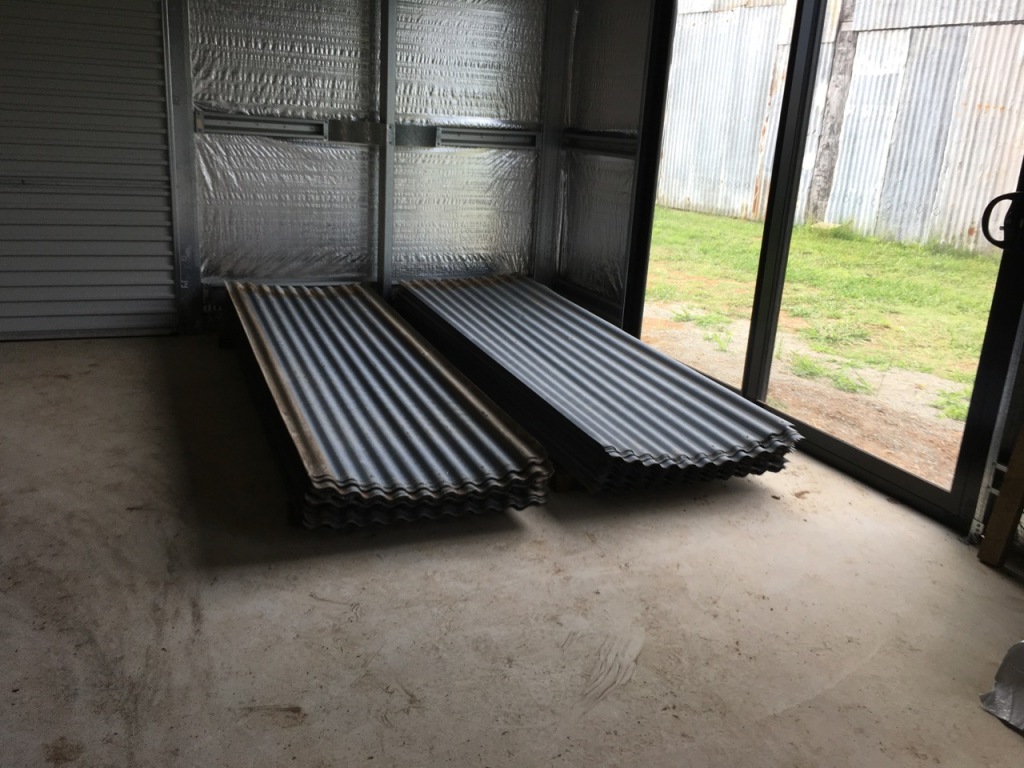








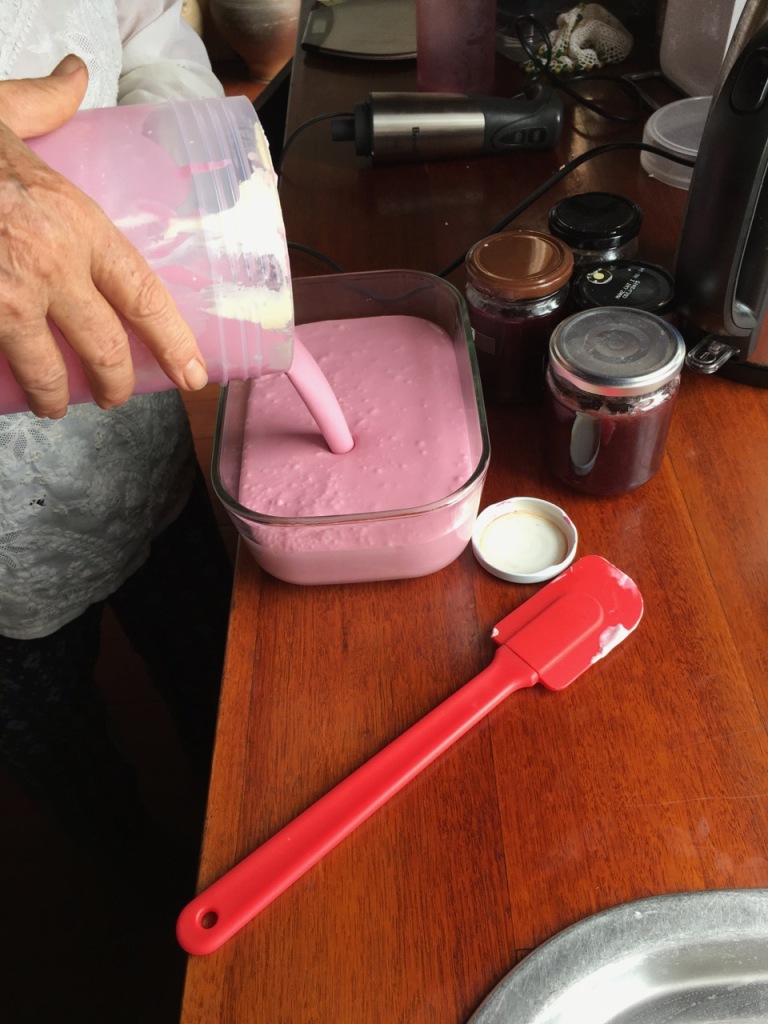



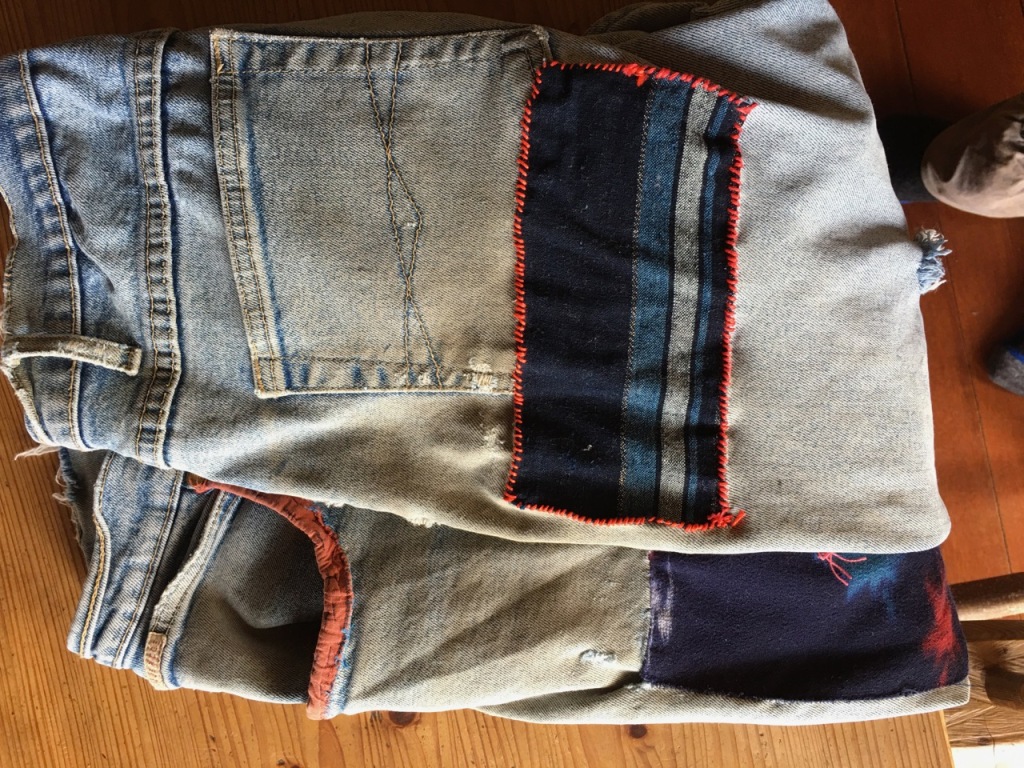
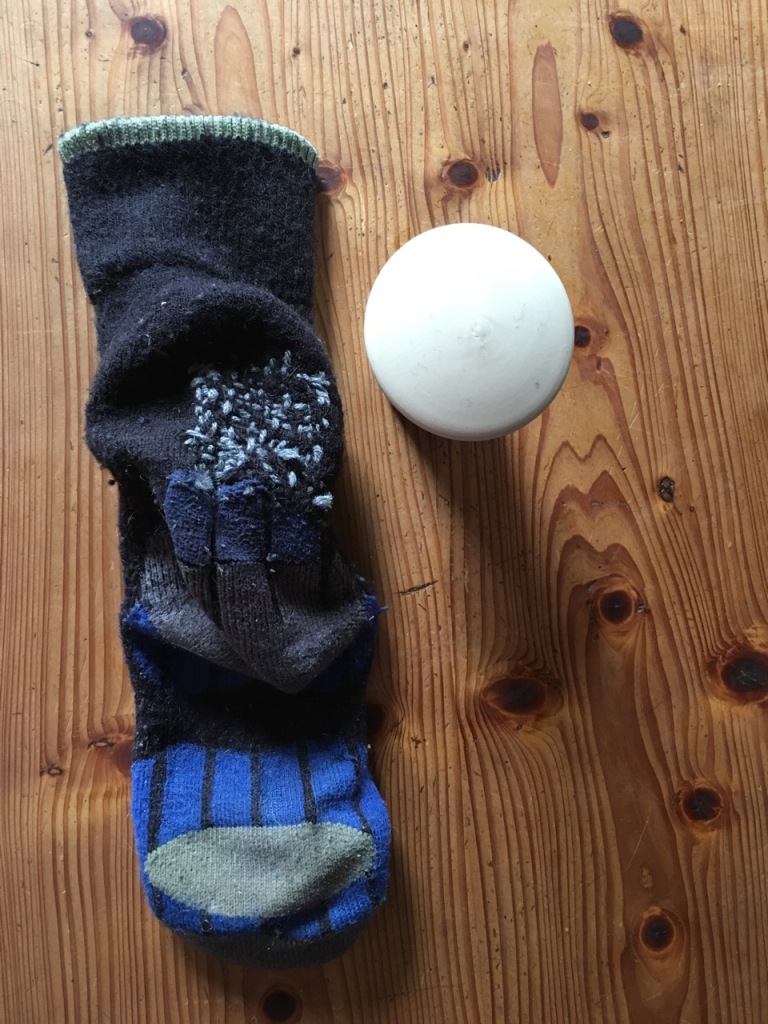
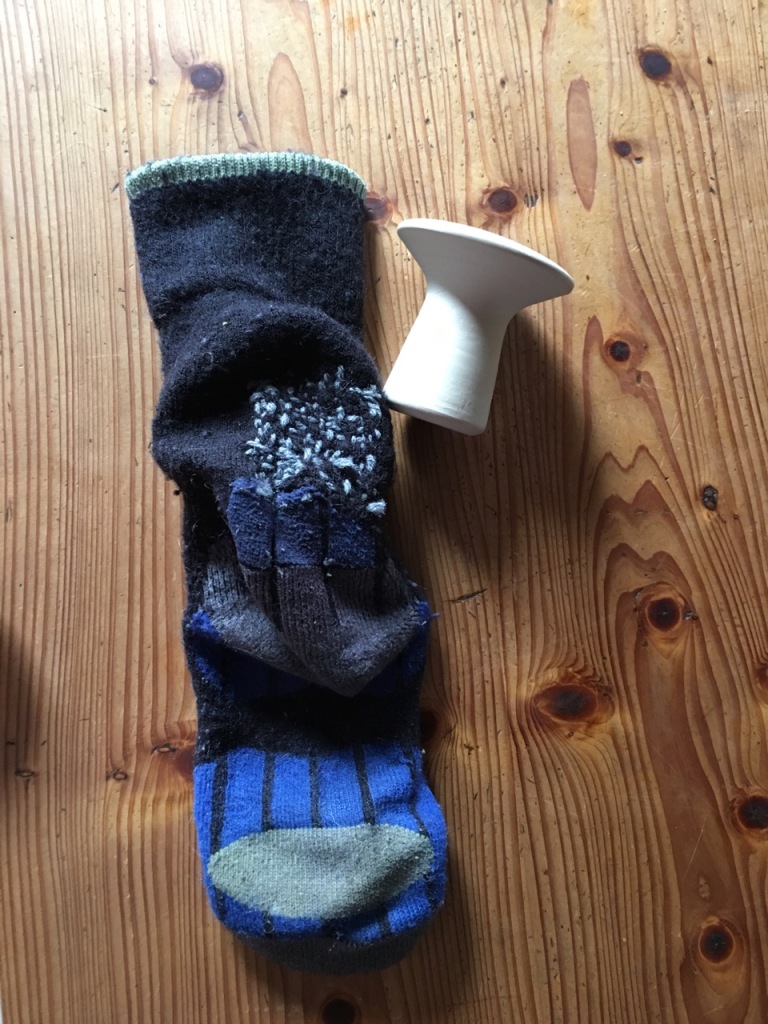


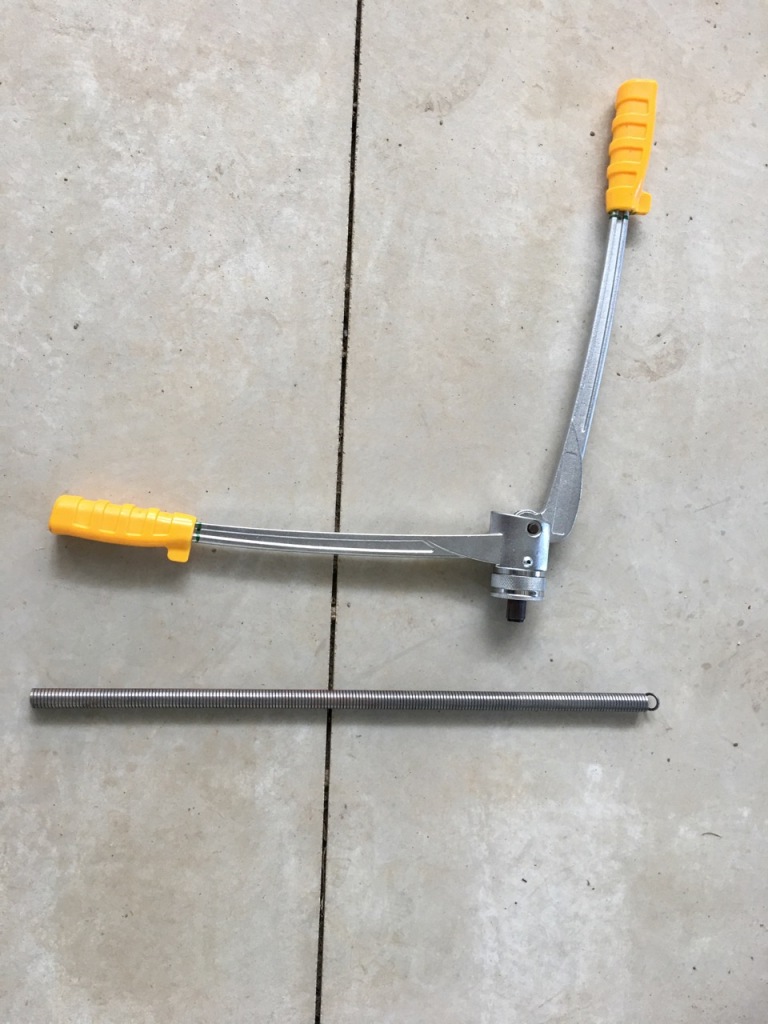



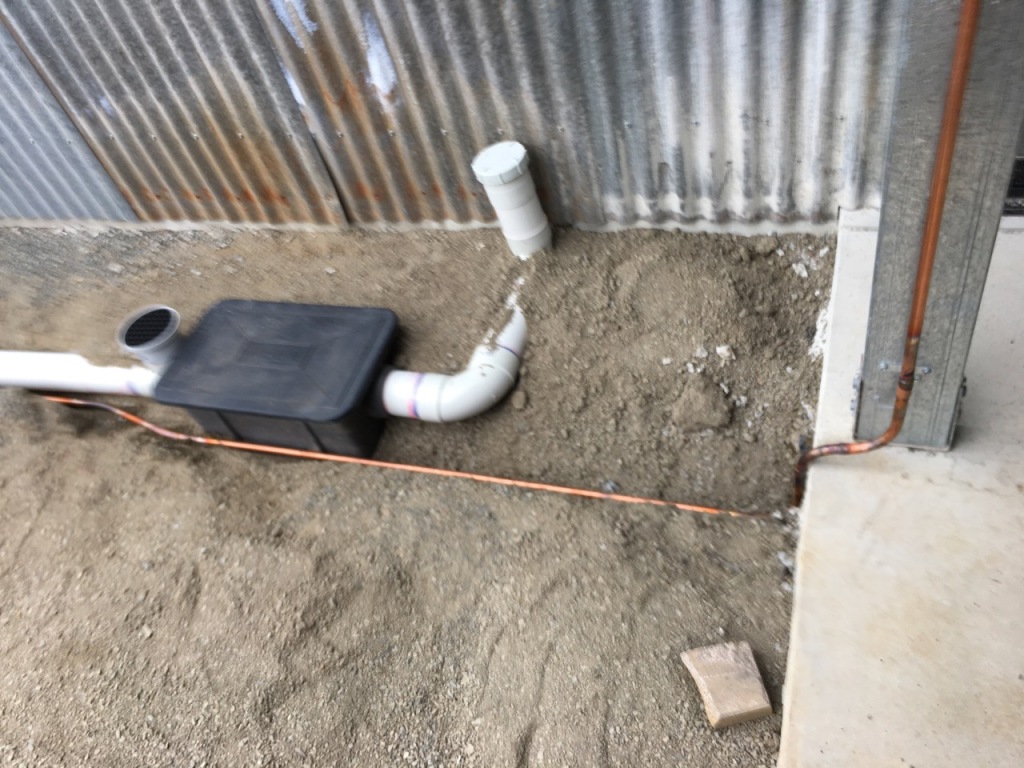

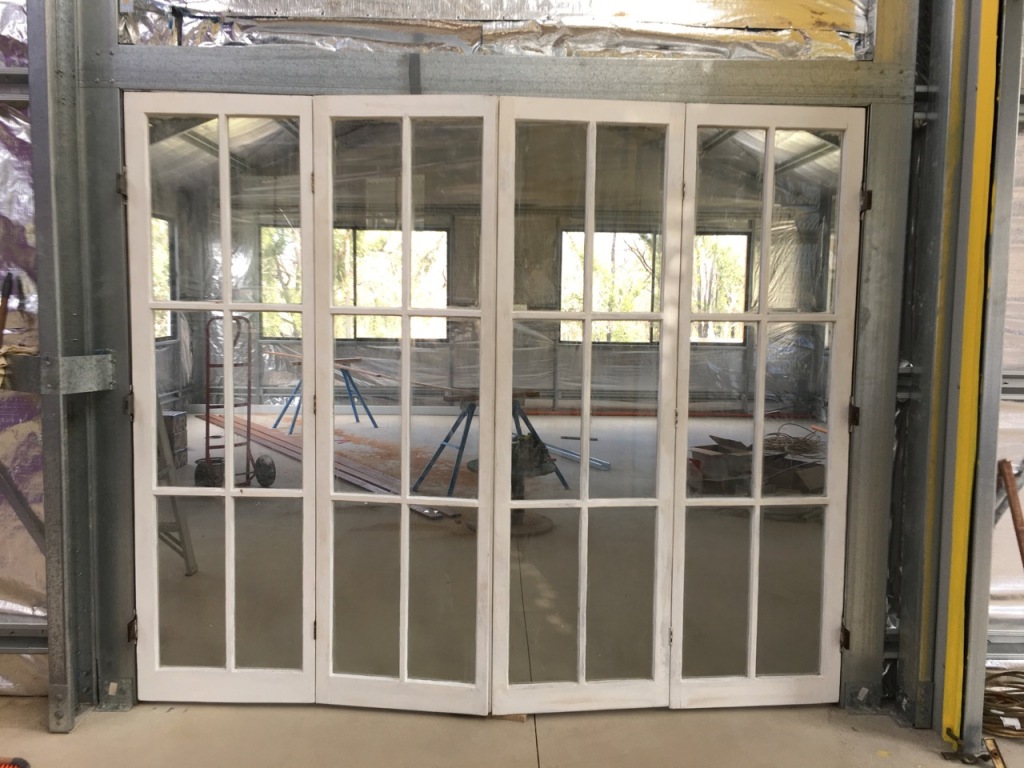





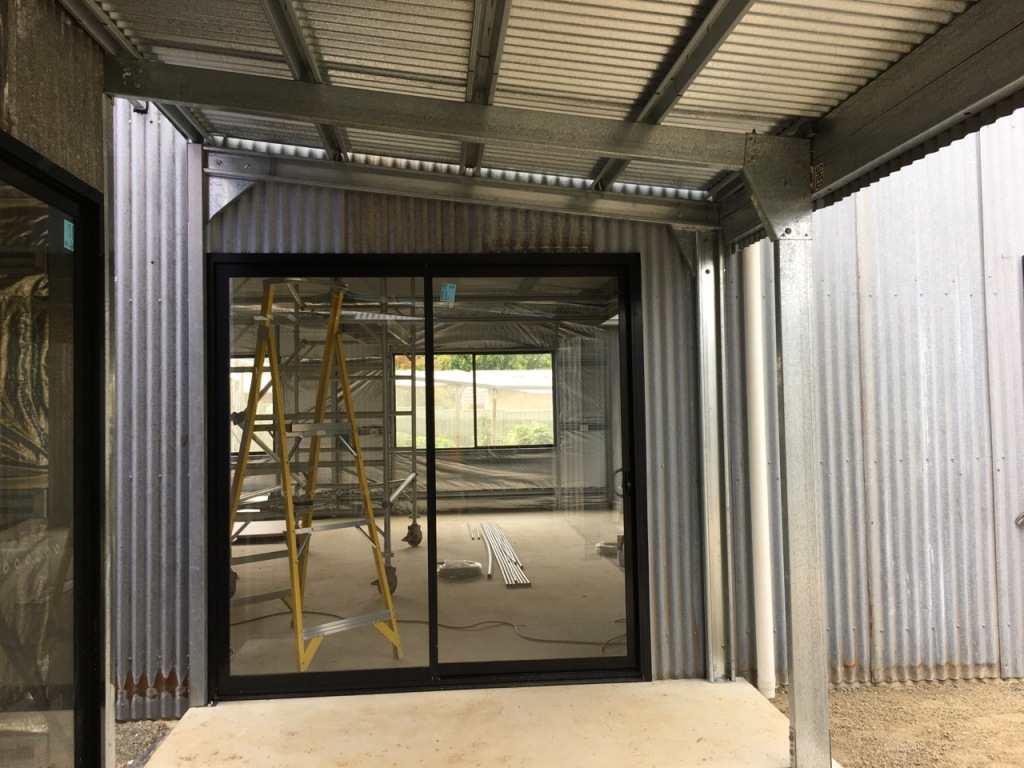

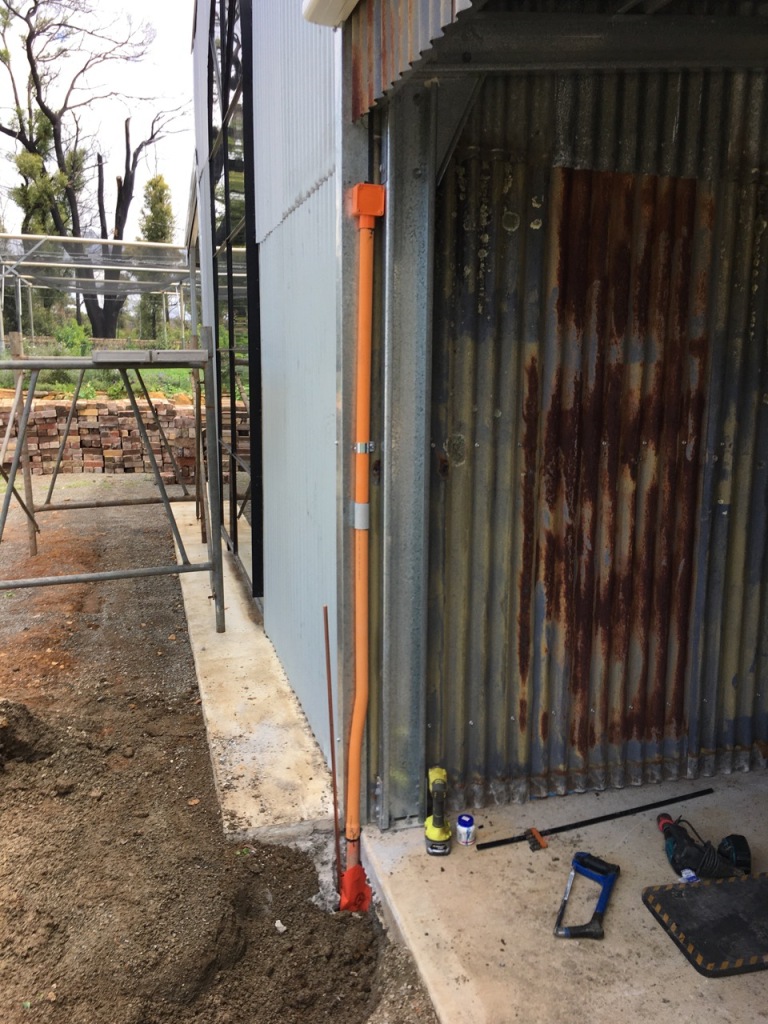

You must be logged in to post a comment.